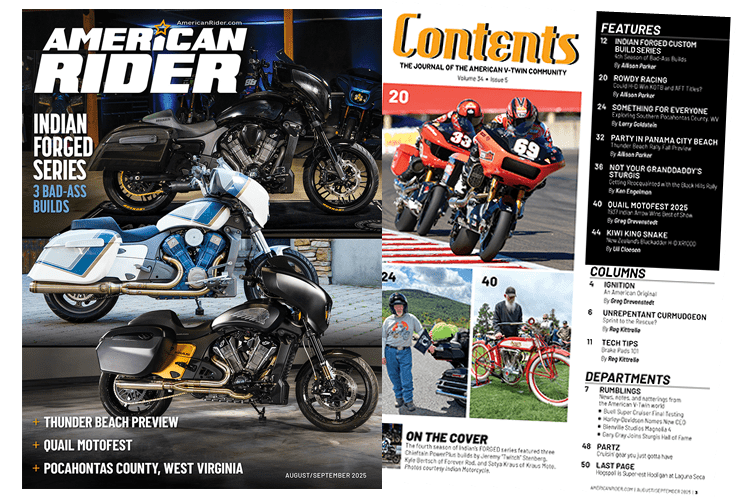
Thirty-six years ago a study conducted at the behest of a California legislator demonstrated conclusively that drivers with “limb disabilities” including amputees had driving records as good as, or better than, their fellow fully-functioning citizens. That study was, in large measure, the reason that one-armed people are not barred from getting a license so long as they can pass the standard exams, same as anyone else.
Flash forward to 2008 and the passage of a ban on cell phone use while driving in California; a ban that glaringly exempted the use of “hands-free” devices and in so doing succeeded in changing the crux of the issue and the thrust of the law away from the common-sense understanding that talking on the phone while driving is a dangerous distraction, and towards the convenient fallacy that safe operation is simply a matter of having two hands on the steering wheel. Never mind that that notion had been thoroughly debunked back in 1973.
Now flash forward to the week of October 11, 2009, when in short order, TMZ published photos of California’s first lady, Maria Shriver, at the wheel of a big SUV yakking on a cell phone, followed by a twitter pronouncement by California Governor Arnold Schwartzenegger that “there’s going to be swift action” on the matter—“swift action” being defined by the governor’s spokesman as asking Maria to use a hands-free device. Minutes after the governor’s assurance, TMZ published yet another gotcha shot of Maria behind the wheel and on the horn. Then Maria “apologized.” Two days later, on October 15, the governor responded to a press conference question about the incident by stating simply, “That matter has already been put to bed.”
As luck would have it, it was also on October 15 that The News Hour With Jim Lehrer on PBS aired a segment on the clear and present danger of cell phones in traffic that focused on the plight of one Austin Barker, a once-avid traveler and motorcyclist now a paraplegic confined to a wheelchair as the result of being rear-ended by a car while on his bike. Mr. Barker spoke for all of us when he described his love of motorcycling thusly: “That was my life. And I enjoyed that part of my life 110 percent. That’s what I enjoyed doing.” According to the police report, the driver who struck Barker was talking on a cell phone at the time of the collision.
Let’s call this a California Zen riddle: How many hands does it take to step on the brakes?
That segment also featured a CHP officer describing some common driving behaviors we’re all aware of from riding a motorcycle in traffic and being hyper-alert to our surroundings as if our lives depended on it, which they do. What he described were the telltale signs of cell phone usage by drivers which he delineated as constantly braking, swerving in a lane, and going too slow. Sound familiar?
Interestingly, those three behaviors are also among those that law enforcement officers are taught to watch for as indications of—and reasonable cause for presuming—drunk driving. The police guidelines assert that any one of these behaviors in and of itself establishes about a 50 percent likelihood of intoxication.
That coincidence is no coincidence. A growing body of research has shown that talking on a cell phone while driving—regardless of whether or not it’s hand-held—increases the probability of an accident by 400 percent, which is exactly the probability assigned to driving with a blood alcohol content of 0.08, the legal definition of drunk driving in all 50 states.
Statistically they pose the same risk to the society, so the penalties meted out for the two offenses must certainly be the same also, right?
Well, not exactly. In California a first offense for driving under the influence of alcohol brings a harrowing laundry list of sanctions, one that includes a mandatory six month license suspension, a mandatory 48 hours of jail time or work service, a mandatory 3–5 years of probation, a mandatory completion of a drunk driving diversion program, and fines and other costs totaling in the neighborhood of $2,000. Oh, and average legal fees of about $2,500.
And the penalty for a first offense of driving under the influence of a hand-held cell phone? That would be a $20 fine—roughly the same as for roller skating without a helmet. And how about a hands-free cell phone? Oh, right. That’s legal.
As we can see, something is terribly out of whack here, but I think I see a means of straightening it out and bringing some parity to the punishments for the two crimes, and it’s this: If, God forbid, I should ever get popped for DUI, I’ll man-up and make it clear that I expect no special treatment and am fully willing to accept the same sanctions applied to other motorists endangering the public to the same extent I am. I’ll “apologize” and take “swift action” and, thereby, put the matter “to bed.” And if worse comes to worst, I’ll even pony up the twenty bucks.
It’s all right here in the diaries.

















